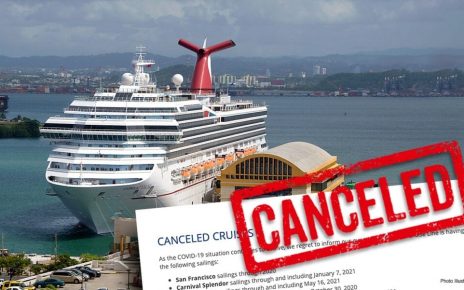The Spanish hotel industry has matched 2019 revenue and price levels with the challenge of continuing to improve occupancy. Last year, Spanish hotels recorded an average daily price that hovered around €133, above the pandemic level, with an overall average occupancy of 67.7%, a figure that is expected to be recovering in the coming months to exceed pre-pandemic levels.
The recovery of Spanish hotel industry regarding revenue and prices is practically complete with respect to 2019 figures in the vast majority of destinations, although occupancy is still on average seven percentage points below that achieved that year pending a full recovery.
Among the destinations, Barcelona has managed to end the year with very positive data in all indicators with a RevPAR increase of 170% compared to 2021, reaching 109 euros. As usual, Marbella continues to lead the ranking in average price per available room (RevPAR) and average daily rate (ADR), with 292 euros and 204 euros, respectively.
The data show how average occupancy in Spanish hotels stood at 67.7% for the year as a whole, a 53% improvement over last year. However, it is still 10% below the 2019 figure (74.7%).
With the arrival of travelers, after the long break caused by the pandemic, the industry has been able to raise the average price per room and, with it, the overall revenue per available room. RevPAR in Spain was €90.1 (+84% compared to the close of 2021 and 2% more than in 2019) while ADR reached €133 (+20% compared to 2021 and +12% when compared to 2019).
De-seasonalization is a reality in destinations such as the Costa del Sol, as shown by this high average figure in 2022, although Marbella is behind with 62%, although with good figures in average price and income. Malaga is followed in the ranking by the Canary Islands and Valencia, with 74% occupancy.
For its part, Barcelona recorded the highest increase in occupancy compared to 2021 with 76% more, while Madrid also achieved a notable rise of 58%. Both cities have benefited from the increase in international tourist arrivals.
Throughout 2022, once the restrictions on mobility have been canceled, it has been possible to confirm that international demand for Spanish destinations was high.
This arrival of travelers has also made it possible for average room prices to reach 133 euros on average, a figure that is 20% higher than in 2021 and up to 12% more than in 2019.
Experts assure that the demand is robust and that the increase in prices is motivated by inflation, high in Spain just as in the major source markets such as France and the UK.
Marbella is the destination with the highest ADR, reaching 292 euros. It is followed by the Balearic Islands (172 euros), Barcelona (153 euros), the Canary Islands and Madrid (both 133 euros). On the other hand, the cities with the lowest prices are Granada (88 euros) and Zaragoza (66 euros).
The great improvement in occupancy, although not reaching 2019 levels, has allowed the average price per available room to double the 2021 figure in the capital, Madrid (88 euros, +110%), and also in Barcelona (109 euros, +170%).
In the average for Spain, the RevPAR of €90.1 represents 84% more than in 2021 and even almost 2% more than in 2019. The destinations with the highest RevPAR are Marbella (€181), Barcelona (€109) and Balearic Islands (€109) followed by the Canary Islands (€98) and Malaga (€97).
The comparison with 2019 shows that there are some destinations where it is still slightly below the figures of that year such as Barcelona, Madrid or Bilbao while there are places where that price is already above that of before the pandemic such as the Canary Islands, Marbella, Malaga or the Balearic Islands.
The data show that holiday destinations are recovering their pre-pandemic figures very quickly, while in Spanish cities where the MICE tourism segment has more weight, it will take a little longer to regain the former levels of revenues.




